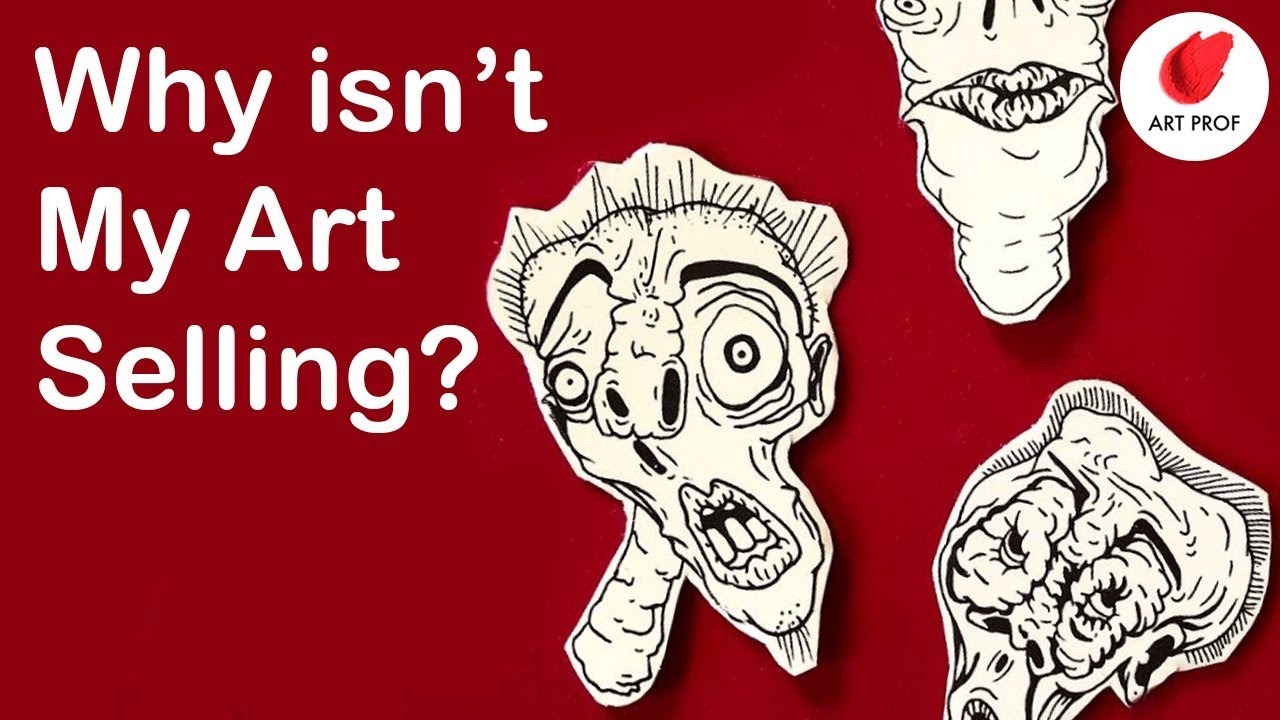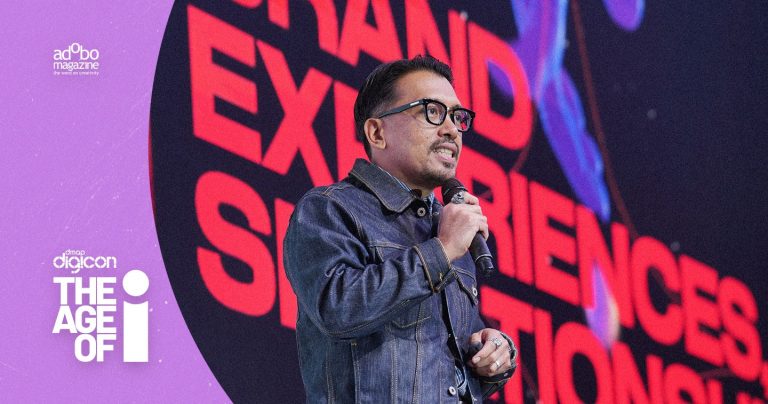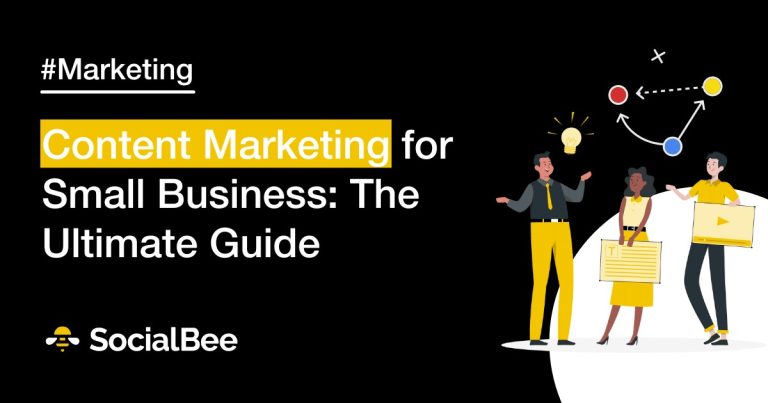What Business Can Learn from Artists
In a world where business is often defined by spreadsheets, strategy decks, and quarterly targets, the idea of learning from artists might seem unconventional. Yet, artists possess a set of skills and perspectives that are increasingly relevant in today’s dynamic marketplace. Their ability to imagine, adapt, and connect emotionally with audiences offers powerful lessons for entrepreneurs and executives alike. When businesses begin to think more like artists, they unlock new avenues for creativity, authenticity, and resilience—qualities that are essential for long-term success.
One of the most striking traits of artists is their commitment to vision. Artists don’t just create for the sake of production; they create to express something meaningful. This clarity of purpose is something businesses can emulate. A company that knows why it exists beyond making money tends to inspire deeper loyalty and engagement. Consider brands like Patagonia or Ben & Jerry’s, which have built their identities around environmental and social causes. Their business decisions are guided by a larger narrative, much like an artist’s work is shaped by a central theme. That sense of purpose becomes a compass, helping the organization navigate complexity and change with integrity.
Artists also embrace experimentation. They understand that failure is not a verdict but a step in the creative process. In business, this mindset can be transformative. Too often, companies avoid risk for fear of making mistakes, but innovation rarely happens without a willingness to try, fail, and learn. The tech industry offers countless examples of this principle in action. Think of how Google encourages its teams to pursue moonshot ideas, knowing that not all will succeed but some might redefine entire industries. This culture of experimentation mirrors the artist’s studio, where trial and error are not just tolerated—they’re essential.
Another lesson from artists is the value of emotional connection. Art moves people because it speaks to their experiences, hopes, and fears. Businesses that understand this can build brands that resonate on a deeper level. Emotional branding isn’t about manipulation; it’s about authenticity. When a company shares its story, values, and vulnerabilities, it invites customers into a relationship rather than a transaction. A great example is Dove’s “Real Beauty” campaign, which challenged conventional beauty standards and sparked meaningful conversations. The campaign didn’t just sell soap—it created a movement. That kind of impact is only possible when a brand dares to be human.
Artists are also masters of observation. They notice details others overlook and find meaning in the mundane. This attentiveness can be a powerful tool in business, especially when it comes to understanding customer needs. Companies that pay close attention to how people interact with their products, what they say in reviews, and how they behave in different contexts can uncover insights that drive innovation. Airbnb, for instance, didn’t just see spare rooms—they saw a desire for authentic travel experiences. By observing and listening, they reimagined hospitality and built a platform that feels personal and empowering.
Adaptability is another trait that artists embody. They respond to changing environments, shifting moods, and evolving materials. In business, adaptability is crucial, especially in times of uncertainty. Companies that cling to rigid models often struggle when the landscape shifts. Those that remain flexible—like artists adjusting their brushstrokes—can pivot, reinvent, and thrive. During the pandemic, many restaurants transformed into delivery hubs, fitness studios went virtual, and retailers embraced e-commerce. These shifts weren’t just survival tactics; they were creative responses to new realities. The ability to adapt with grace and ingenuity is a hallmark of both successful artists and resilient businesses.
Collaboration is yet another area where business can learn from the artistic world. While the image of the solitary artist persists, many creative projects are deeply collaborative. Musicians, filmmakers, designers, and performers often work in teams, blending diverse talents to create something greater than the sum of its parts. Businesses that foster collaboration—across departments, disciplines, and even industries—can unlock new possibilities. Cross-functional teams, co-branded partnerships, and open innovation platforms all reflect this principle. When people with different perspectives come together, they challenge assumptions and spark breakthroughs.
Perhaps most importantly, artists remind us of the power of authenticity. In a marketplace saturated with noise, the brands that stand out are those that are genuine. Artists don’t try to be everything to everyone; they stay true to their voice. Businesses that do the same build trust and loyalty. This doesn’t mean ignoring feedback or refusing to evolve—it means making choices that align with core values. A company that consistently communicates with honesty, treats its employees with respect, and delivers on its promises becomes a brand people believe in. That belief is the foundation of enduring success.
In the end, the intersection of art and business is not just about aesthetics or marketing. It’s about mindset. It’s about approaching challenges with curiosity, leading with empathy, and creating with intention. When businesses learn from artists, they become more than efficient machines—they become vibrant, responsive, and meaningful entities. They stop chasing trends and start shaping culture. And in doing so, they don’t just grow—they inspire.







